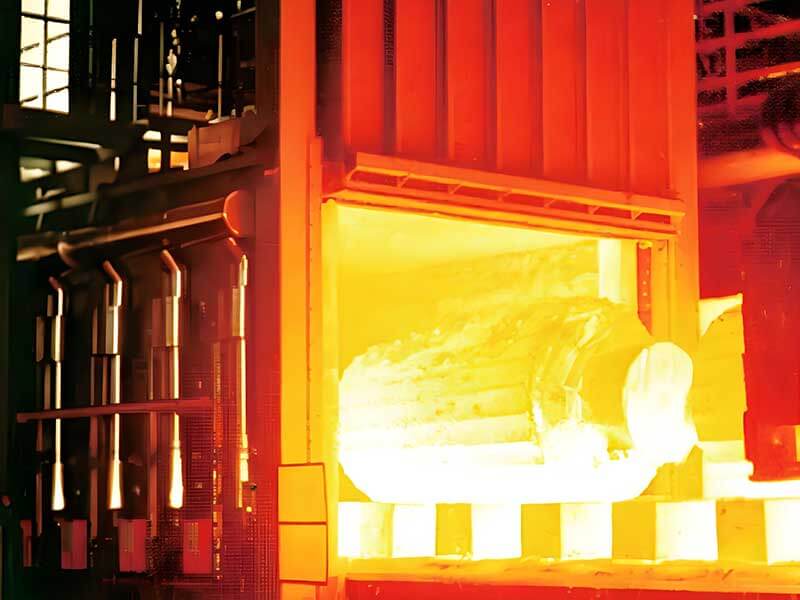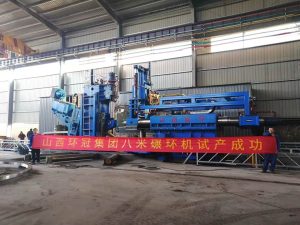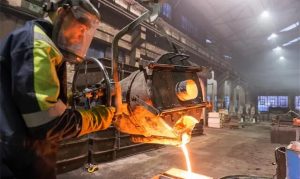Forgings are not always tempered after forging.
Whether or not forgings need to be tempered during the manufacturing process depends on their specific application requirements and performance needs. Tempering is a heat treatment process designed to improve the comprehensive mechanical properties of steel materials, through the quenching and then high temperature tempering treatment, so that the steel parts to obtain a good match of strength and toughness. For some important structural parts, especially those that need to work under alternating loads, the tempering treatment is necessary because it can provide high strength and excellent toughness, plasticity, cutting properties, etc.
However, not all forgings require tempering. For example, some forgings may be able to meet performance requirements by normalizing them directly after forging, especially for parts that do not have high performance requirements. In addition, some customers may believe that the hardness of a forging is sufficient and that no further tempering is required, but this approach ignores factors such as tissue changes and stress relief.
 Shanxi Huan Guan Heavy Industry Large Flange Manufacturer
Shanxi Huan Guan Heavy Industry Large Flange Manufacturer


![[Popular science] forging basic knowledge points, understand this is the base of the great power... 【科普】锻造基础知识点,搞懂这个是大国重器的基...](https://www.shanxifalan.com/wp-content/uploads/2020/02/10000吨油压机-1-300x300.jpg)



Hello!sign in